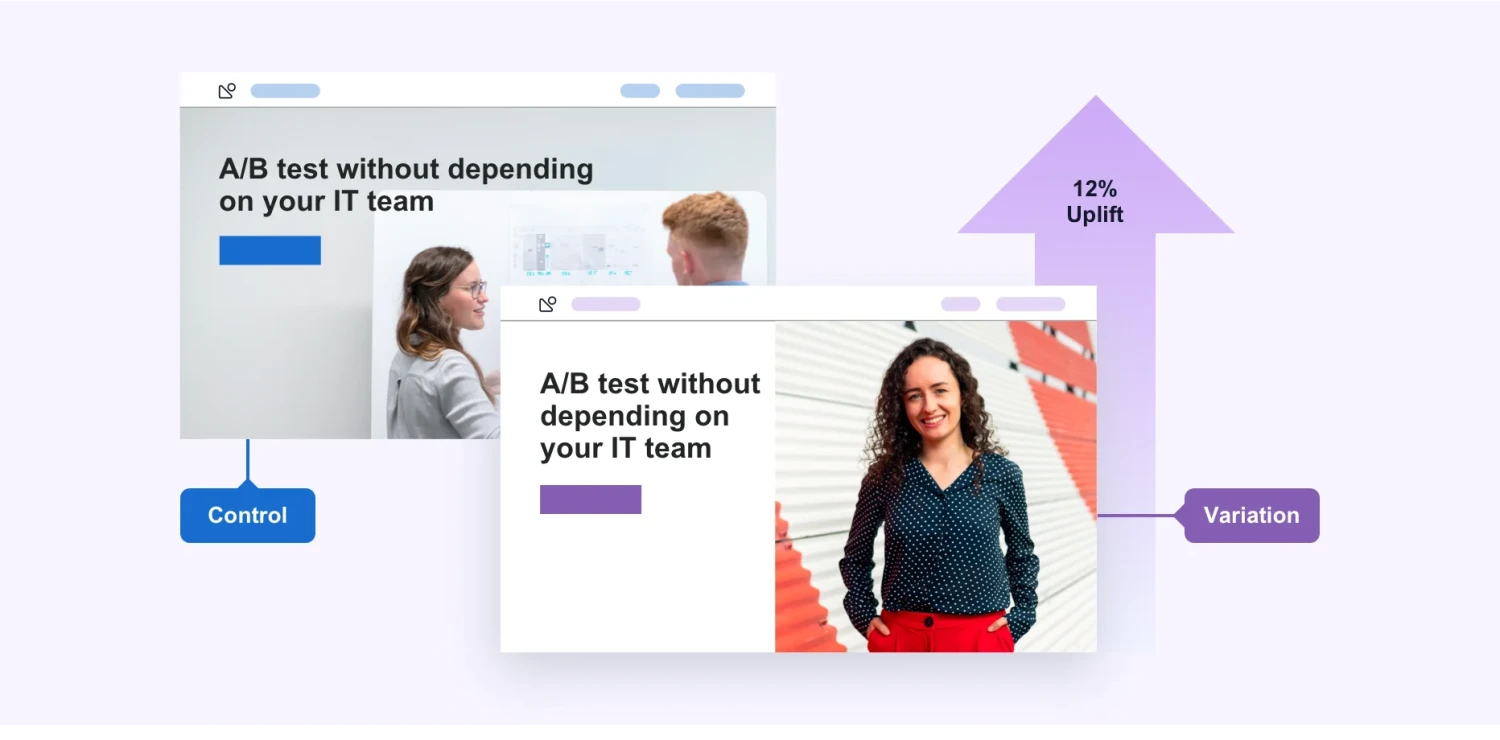
E-commerce A/B Testing Optimizing Your Website
In the realm of E-commerce, the quest for excellence never ceases. In this fast-paced digital landscape, where the online marketplace is teeming with competitors, it becomes imperative to ensure that your website stands out. Enter E-commerce A/B Testing, a powerful technique that can take your website from good to exceptional. In this article, we embark on a journey to explore the intricacies of A/B testing and how it can be your secret weapon for optimizing your E-commerce website.
Understanding E-commerce A/B Testing
E-commerce A/B Testing, also known as split testing, is a process where two or more versions of a webpage are compared to determine which one performs better. It's like a scientific experiment for your website, where you make slight variations in design, content, or functionality, and then analyze the data to see which version drives more conversions.
The A/B Testing Process
The A/B Testing process typically involves the following steps:
-
Identify Your Goal: Determine what you want to achieve with your website, whether it's increasing sales, improving click-through rates, or reducing bounce rates.
-
Create Variations: Develop different versions of the webpage you want to test. These variations should have one distinct element changed, such as the color of a call-to-action button or the headline.
-
Split Your Audience: Divide your website visitors into groups, with each group exposed to one of the webpage variations.
-
Collect Data: Gather data on user interactions, such as clicks, conversions, and time spent on the page.
-
Analyze Results: Use statistical analysis to determine which variation performs better based on your predefined goals.
-
Implement Changes: Once you've identified the winning variation, implement the changes to your website.
The Benefits of A/B Testing
E-commerce A/B Testing offers a plethora of benefits, including:
Improved Conversion Rates
By refining your website based on data-driven decisions, you can significantly enhance your conversion rates. Even minor changes can lead to substantial improvements in sales and revenue.
Enhanced User Experience
A/B testing allows you to pinpoint elements that may be causing friction for users. By addressing these issues, you can create a smoother and more enjoyable experience for your visitors.
Informed Decision-Making
Rather than relying on gut feelings or assumptions, A/B testing provides concrete data to inform your decisions. This data-driven approach ensures you invest resources in changes that yield tangible results.
Better ROI
A/B testing helps you make efficient use of your resources. Instead of making widespread changes to your website, you can focus on specific areas that require improvement.
E-commerce A/B Testing Best Practices
When embarking on your A/B testing journey, it's essential to follow some best practices:
Start with Clear Goals
Define your objectives before conducting tests. Whether it's increasing sign-ups or boosting sales, having clear goals will guide your testing process.
Test One Element at a Time
To pinpoint the exact cause of changes in performance, make sure to test only one element at a time. This ensures you can attribute improvements accurately.
Ensure Adequate Sample Size
For statistically significant results, ensure that your sample size is large enough to draw meaningful conclusions. Small sample sizes can lead to unreliable data.
Continuously Test and Optimize
A/B testing is an ongoing process. Regularly test and optimize your website to stay ahead of the competition and meet evolving user needs.
Frequently Asked Questions
Q1: What is the ideal duration for an A/B test? A/B test durations can vary depending on factors like your website traffic and the significance of changes. It's advisable to run tests for at least one to two weeks to capture different user behaviors.
Q2: How do I ensure the reliability of my A/B test results? To ensure reliable results, use statistical analysis tools and consult with experts in the field of A/B testing. This can help you eliminate bias and errors in your testing process.
Q3: Can A/B testing be applied to all types of websites? Yes, A/B testing can be applied to various types of websites, including E-commerce, blogs, and informational sites. The key is to adapt the testing to suit your specific goals.
Q4: What tools are available for conducting A/B tests? There are numerous tools available for A/B testing, such as Google Optimize, Optimizely, and VWO. Choose the one that best fits your needs and budget.
Q5: How do I interpret A/B test results? Interpreting A/B test results involves statistical analysis. Look for statistically significant differences between variations to determine the winning version.
Q6: Are there any risks associated with A/B testing? A/B testing, when done correctly, minimizes risks. However, improper testing or relying on inconclusive data can lead to misguided decisions.
Summary
E-commerce A/B Testing is the art of optimization in the digital age. By harnessing the power of split testing, you can unlock the potential of your website, boost conversions, and provide a better user experience. Remember, the key to success lies in setting clear goals, testing rigorously, and continuously optimizing your site.
